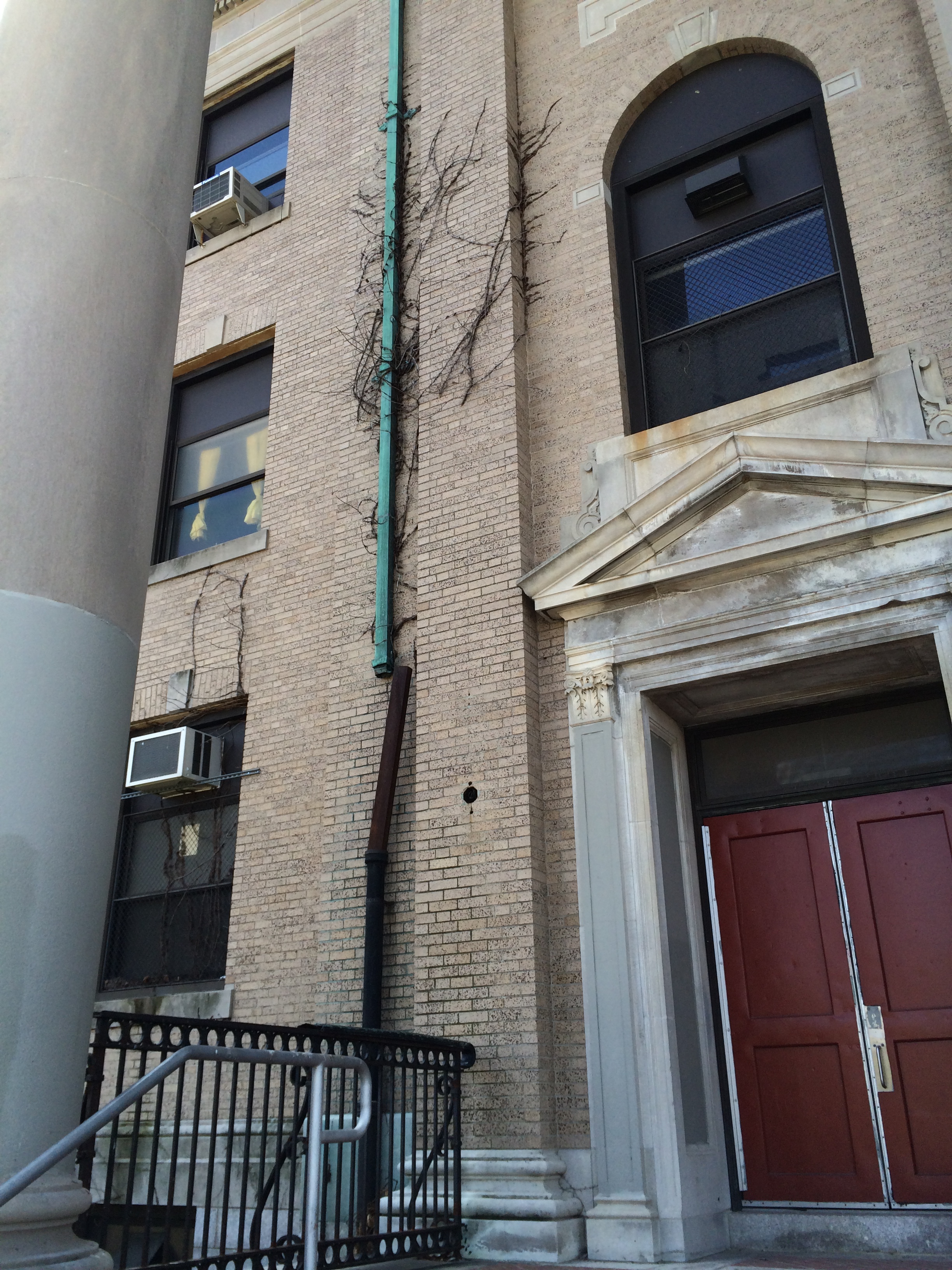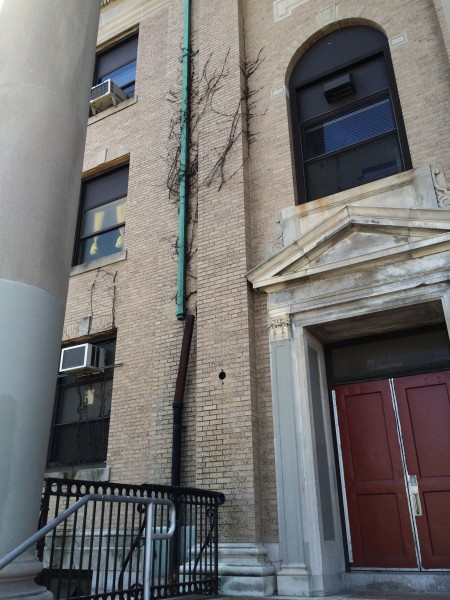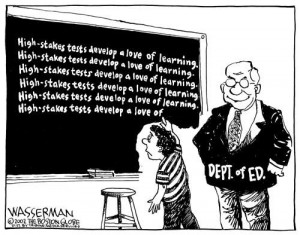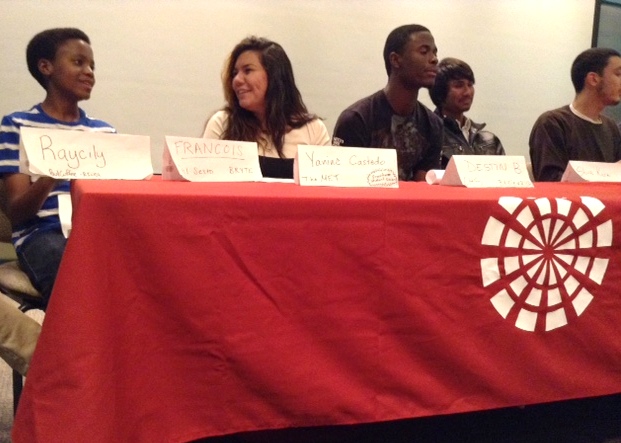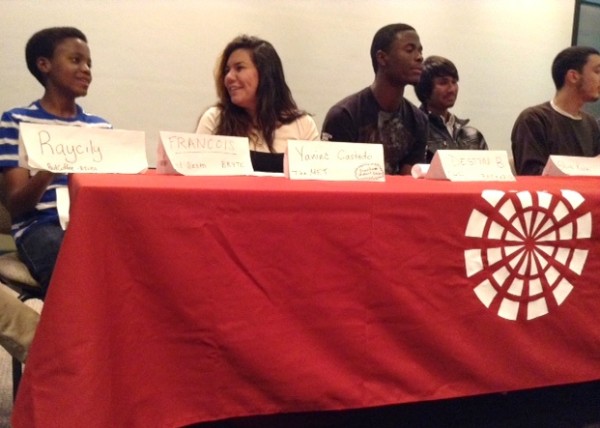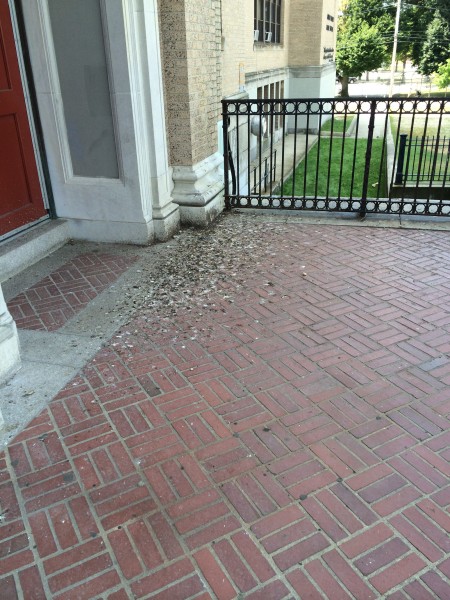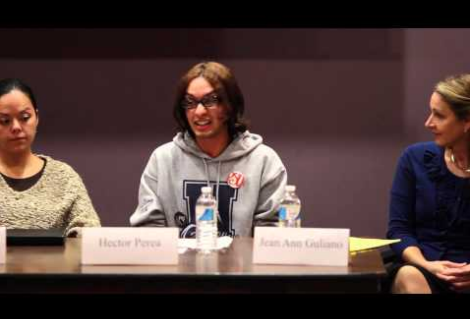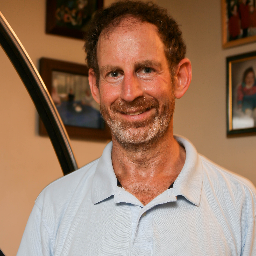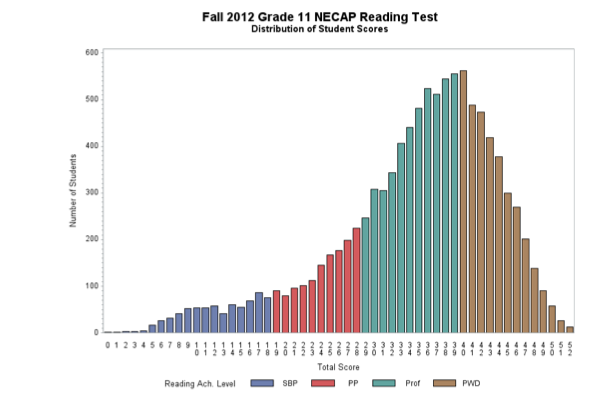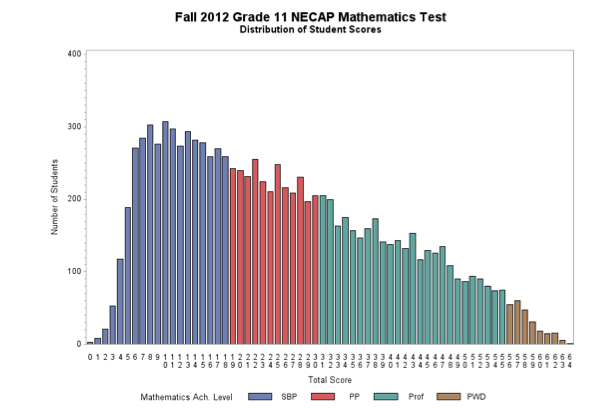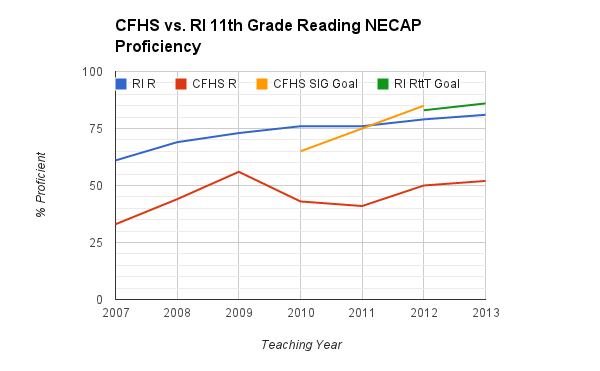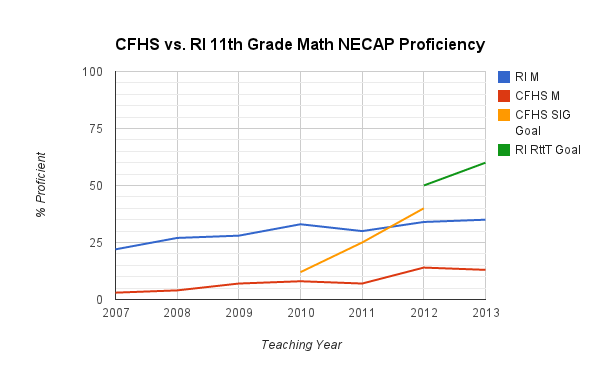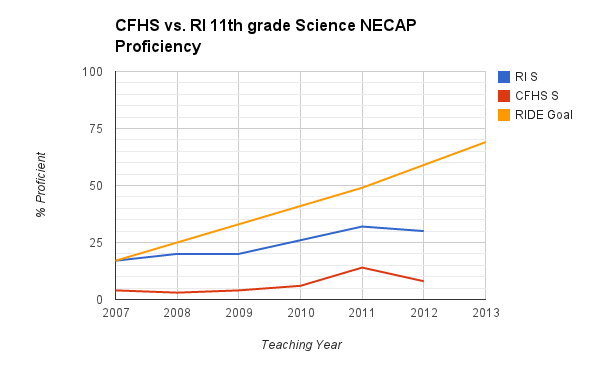 The great Pete Seeger recently passed away. For a few days following his death I listened to just about everything he sang that was available. He was by no means a perfect human being. Many have pointed to his controversial support of the Soviet Union during Stalin’s Regime. He later recognized this as a mistake. A complex and courageous individual, he was never afraid to voice an opinion or stick up for the underdog. Seeger’s rendition of the Garden Song has always been a favorite. The words ‘Inch by Inch, Row by Row’ reflect the feelings I have about how we educate and care for our nation’s children. From time to time there are those who wish to skip a few steps in the process. That is a shame when considering something so important.
The great Pete Seeger recently passed away. For a few days following his death I listened to just about everything he sang that was available. He was by no means a perfect human being. Many have pointed to his controversial support of the Soviet Union during Stalin’s Regime. He later recognized this as a mistake. A complex and courageous individual, he was never afraid to voice an opinion or stick up for the underdog. Seeger’s rendition of the Garden Song has always been a favorite. The words ‘Inch by Inch, Row by Row’ reflect the feelings I have about how we educate and care for our nation’s children. From time to time there are those who wish to skip a few steps in the process. That is a shame when considering something so important.
For many years now I have been expressing some concerns about how we enculturate and educate young people. The most salient of these concerns being an over emphasis on technology, a proliferation of prescription medications and the scripted, standardized test based education that is offered young people at present. These opinions, while mine, might also be backed up by many in the counseling and education fields. Despite such view points many folks continue to advocate for the very Kool-Aid that is hurting our kids. Why? Some think that individuals like me are way off base and that problems are to a large extent fabricated. Others dismiss warning signs due to politics, power and perpetual motion. Whatever the reason, kids are the ones who are impacted most. What is that about children being our future?
In some ways we have created a cottage industry for testing companies, the Pharmaceutical Industry, some Educational Theorists and a number of business leaders. All of this has led us to view kids as receptacles waiting to be filled with data. The pace of the world has significantly changed over the last 15-20 years. During this time, kids have become plugged in to technology so much that they have little time to interact with each other. During this time, play has become organized, education standardized and anxiety, depression, ADHD along with a sense of alienation, have become common concerns. Don’t believe me – just ask a School Nurse, Social Worker or Guidance Counselor. Most teachers would concur as well. Many remain quiet for fear of retribution from those higher up. It is not Rocket Science. In fact, it is really about stuff like money, reputation, politics, power and perpetual motion. It is also about the wrong people driving educational policy.
Fixing matters is actually quite simple. Bring back things like recess and study halls to start. We should also advocate that mom and dad encourage their children to get unplugged and go outside to play. Then let us follow up by having districts drop out of the Standardized Testing as a graduation requirement, along with Common Core and we are showing some progress. These few modifications would create opportunities for kids to interact, as well as for schools to emphasize a broader spectrum of courses.
Another modification I would encourage would have to be in the area of technology. We need to slow down a bit. I realize that espousing such a belief is heresy these days. It goes without saying that technology has a prominent place in today’s world. In the future it appears that it will hold an even greater place. While the advantages are obvious the shortcomings are as well (or should be).
This is not a call for the elimination of technology. That would be absurd. This is more a call to infuse social skills dynamics into our curricula in order to enhance the use of technology. Unfortunately there are those who consider such views as technophobic. Caution, promoting mental health and seeking to advance social interactions represents the thinking of dinosaurs to them. More Kool-Aid please!
The technology schools purchase today is antiquated almost immediately. Because of this, requests for the ‘newest’ equipment will appear on school committee’s budgets frequently. Without question technology can advance education in extremely positive ways. I applaud our schools for constantly seeking to challenge and support young people. Technology can play a role. Keeping up will be a challenge. It will eventually force school officials to choose between technology and other services. All of this at a time when kids need support and human contact more than ever. Seeking a balance is going to be tricky. Not finding a balance will help to maintain a cycle where kids spend less and less time developing social skills.
Parents can help here as well. All too often, kids spend hours staring at computer screens. All too often, kids are plugged in to some device. Again, technology can do great things. So can a walk, discussion with friends and a family vacation.
I know that none of this is going to happen anytime soon. As a matter of fact, our present course is headed in the opposite direction. The messages the general population get, regarding the country’s youth, centers upon our being behind many other nations (especially in education). This causes panic for some. It represents opportunity for others. While our education system certainly has issues, it also exhibits significant strengths. What are they, you ask?
Folks come from all over the world to US Schools. Why’s that? Our Colleges and Universities are pretty good. Folks leave their homes to come to this country for a reason as well. Again, we have problems–lots of them. We have prejudice, poverty and way too much violence. Sometimes we stick our noses in other people’s business and far too often the country’s political system gets bogged down. Still, people come here in droves. That is because we have a system that can change and evolve. That is because there is flexibility here. There also are multiple possibilities. Kids who struggle with school can still catch up with GEDs, junior college, technical schools, job trainings and later on, 4 year schools, if they choose. That is of course, if they can survive High School. That does not occur everywhere. Kids in this country can get back into the game (in most instances).
What is happening now is a step backwards for young people. We have created a herd mentality that often denies diplomas, promotes stress and encourages conformity. In many ways we have reverted back to a mentality that views kids as mini adults. Maybe it is not quite Oliver Twist, but ‘reviewing the situation’ might find us wanting in terms of understanding child development. In fact, our culture spends more incarcerating people than educating them.
Today, business leaders influence the Educational Powers to enact subject matter that produces workers, rather than capable thinkers and citizens. We have also created a system where kids from poor neighborhoods, those with special needs and many English Language Learners are negatively impacted due to educational policies. Worse still, the education folk have let this happen. Welcome to the K-12 Matrix.
My final modification (in terms of this article) concerns recognizing the uniqueness of childhood and adolescence. While it is imperative that children be taught skills, discipline, socialization and responsibility, they should also be encouraged to explore, have fun and use their imaginations. In recent times much of this ‘stuff’ has been curtailed. The end result is the perfunctory form of learning we have today. That might be great for test scores and getting accepted to college, but for critical thinking, social skills and long-term relationships, it is a disaster. Did you ever think that we would have to teach people how to sleep, concentrate and be mindful? We are so busy multitasking that few of us are in the moment.
Don’t you think we should try to find time in our curriculums for moments of meaning? Don’t you think we should help kids discover life’s ‘whys’ along with the ‘hows’? The schools cannot be asked to carry these burdens alone. Parents are essential. The community plays an important role as well. When adults tell young people that they matter good things often happen. This needs to be infused into our messages far more often. Choosing to matter should be an everyday theme so that making kids matter comes into fruition.
I am confidant things can change. No need to give up on technology and accountability. What needs to occur is balance. What also needs to occur is for us to check our priorities (and who our influences are). Somehow we have come to believe that preparing kids for work is more important than for life (including possible career options). If only Charles Dickens were around today. He would recognize the exploitation that comes in modern form. Rest well Pete Seeger. When will we ever learn?


 The RI Future article also was beneficial for pointing out the school’s score on the 2013 RIDE report, where Gilbert Stuart received 2 out of 5, on a scale where 5 is the lowest score (2 being considered “generally good condition, some system needs. Minor renovations.”).
The RI Future article also was beneficial for pointing out the school’s score on the 2013 RIDE report, where Gilbert Stuart received 2 out of 5, on a scale where 5 is the lowest score (2 being considered “generally good condition, some system needs. Minor renovations.”).


